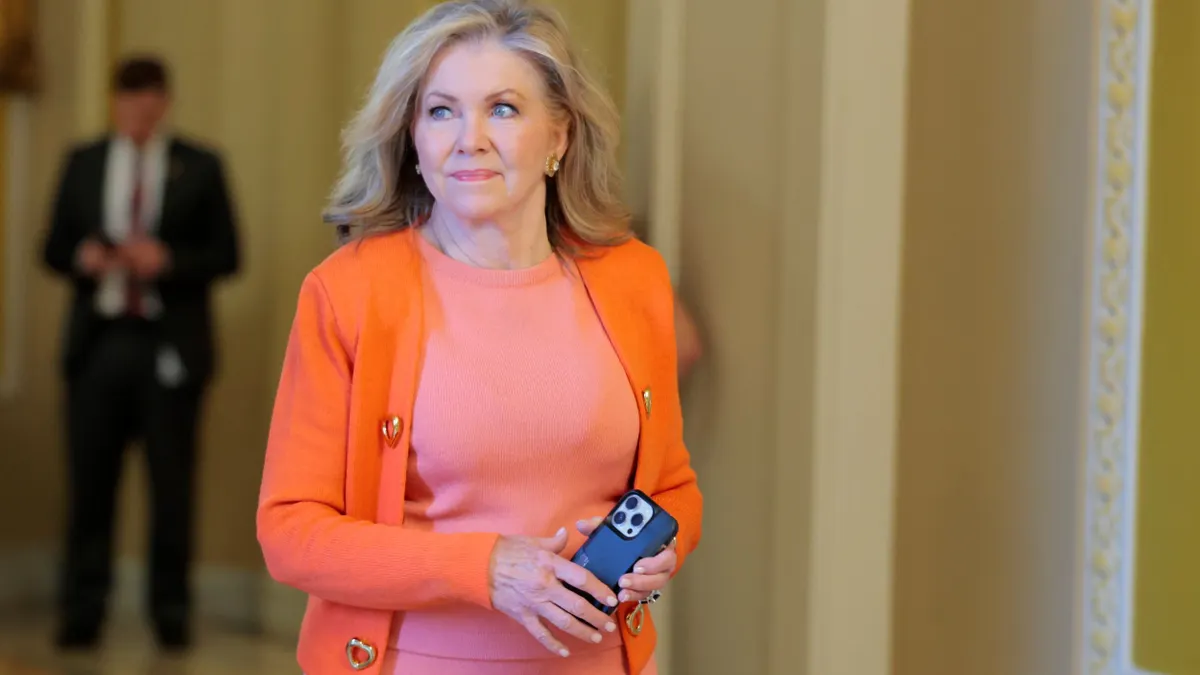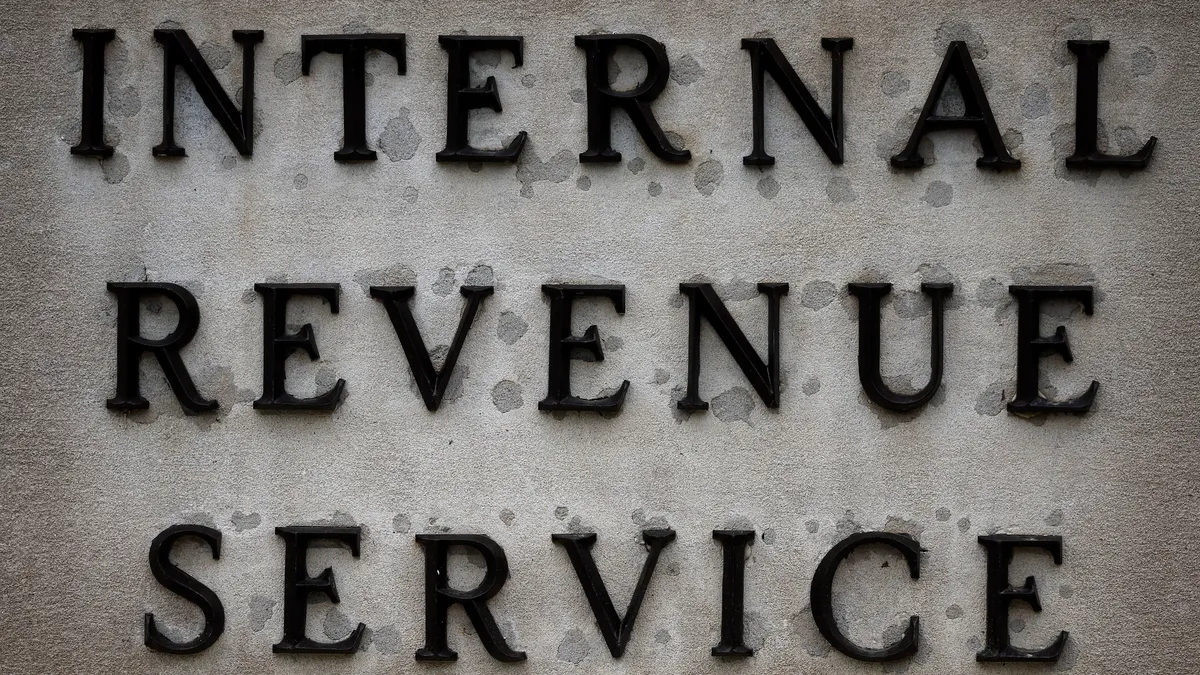When Covid was ravaging communities in 2020, Hormel Foods was able to help local health agencies identify where hotspots were thanks to the digital transformation the company initiated just a few years earlier.
Dubbed Project Orion, the project helped the 130-year-old company transition its legacy finance and accounting technology to a state-of-the-art, data-rich cloud system that proved its value during the pandemic.
“One of the things we did is, we took the outside data from Johns Hopkins [on where outbreaks were occurring nationally] and [overlaid that] with our internal [community] data … and we could find trends,” Hormel CFO Jim Sheehan told CFO Dive. “So, we were proactively going to employees and saying … we’re going to pay you to stay home for the next two weeks because we can see in the community in which you live there’s a heavy outbreak.”
The company, known for its chili and other protein-focused food products, shared with local agencies what it was seeing when it laid its data against the Johns Hopkins data.
It “was good feedback to some of these community health officials to show them exactly where they were having outbreaks,” said Sheehan, a 43-year veteran of the company who is retiring at the end of the year. Jacinth Smiley, who joined in March as group vice president of corporate strategy, will take over as CFO. She previously was vice president and chief accounting officer at plastics company LyondellBasell.
Forward-looking agenda
Data transformation was one of Sheehan’s main priorities when he became CFO in 2016, Sheehan said.
“We had been satisfied with always having a trailing technology that ran cheap,” he said. “When I met with the staff, one of the things they talked about is the need to catch up. My answer was, I don’t want to catch up; we need a generational shift. So we took a pretty old technology and we moved it into the cloud.”
To help it make sense of the new data it would be generating, the company hired data analysts.
“There’s no use having all this data at your fingertips if you don’t know what it means or what to do about it,” he said.
Adding to the complexity of moving a company generating some $10 billion a year in revenue off its legacy system was the way the leadership chose to go about it: all at once, a process that took three years to complete.
“As one of the leaders of Oracle said to me as we laid out the plan, ‘This might be the boldest move I’ve ever seen a company make,’” said Sheehan. “We had CFOs from companies much bigger than Hormel calling me up and saying, ‘I hear what’s going on at Hormel. Could I send staff down there to see what you’re doing?’”
Sheehan, who took on increasingly responsible jobs after starting at the company as an accountant in 1978, said he tries to take a forward-looking approach to finance leadership.
“I’ve been here longer than almost anybody in the company, and I probably talk less about the old days than anybody else,” he said. “What happened five years ago doesn’t interest me.”
Foundation impact
Almost half of the shares of Hormel, which earlier this year acquired snack-food company Planters from Kraft-Heinz for about $3 billion, are owned by a charitable foundation set up by the Hormel family in the 1940s with the goal of keeping the company embedded in the small town in which it was founded: Austin, Minnesota.
“We run this company in a community of 25,000 people,” he said. “They wanted to protect the community, the employees, and protect the company from being taken over.”
The company pays about $500 million a year in dividends, almost half of which goes to the George A. Hormel Foundation, a portion of which goes to company heirs and the rest intended for investment in the area.
“They built an unbelievable cancer research facility that brings in researchers from all over the world,” he said.
One of the few other companies that has a similar ownership structure is Hershey, the big chocolate manufacturer. The company’s founder launched the M.S. Hershey Foundation in 1935, although in a difference, the Hershey shares are owned by individual trusts, not by the foundation, Sheehan said.
Hormel’s latest charitable initiative, called Inspired pathways, was launched last year to help the company’s 20,000 employees and their family members go to community college, either as a first step to a four-year degree or to get an associate degree.
“If you want to be an electrician, a truck driver — any way we could provide this education,” he said.
In addition to picking up the tuition costs, the company retains a counselor to work with applicants on the paperwork.
“We thought about the challenges it takes just to do something simple like filling out a college application,” he said. “I was a first-generation college attendee in my family and I really didn’t have these resources to help me.”
The program gave assistance to more than 200 families during its first year and it’s now evaluating applications for a second year.
“We did a lot of back-of-the-envelope calculations,” he said. “We did it really just on a Friday afternoon. Could we send every dependent of our employees through two years of education? We focused on community colleges to some degree because community colleges, even in the smaller communities that we operate in, are present in these communities and they need help too.”
The foundation’s impact is felt on the business side in the way it keeps the company leadership focused on the long term, he said.
“From a CFO’s perspective, we always like to have good quarters,” he said. “We’re like everybody else. We like to give good news on an earnings call. But ... because we have that foundation, it turns us into a very long-term story.”
That perspective translates into a cautious approach to managing the company financially.
“It’s about how we make this company secure,” he said. “We have a very conservative balance sheet. [When you] run the company with that long-term vision, it does make a big difference in how we look at the company.”






















